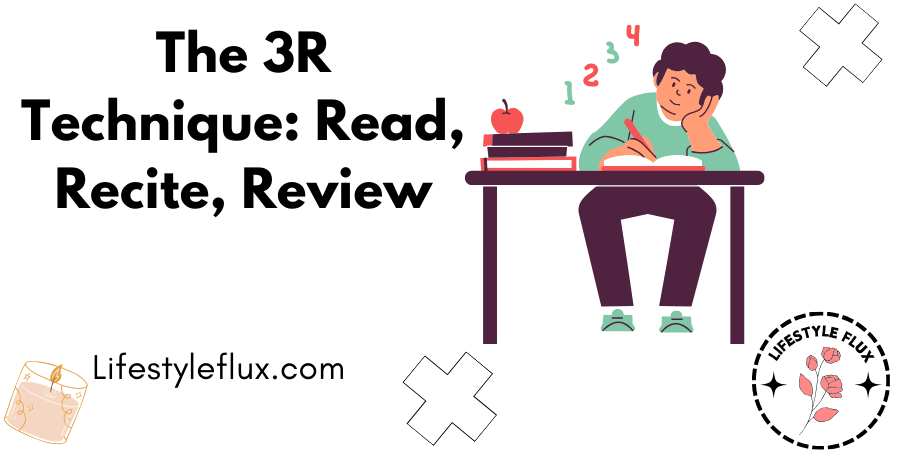Have you ever wondered why schools left out some of the most intriguing insights into human behavior? The secrets of psychology—fascinating tricks and quirks of the mind—are rarely part of the standard curriculum. These revelations can change how you see yourself, others, and the world around you.
In this article, we explore seven powerful psychological secrets that are often overlooked but can be transformative. From the surprising ways our brains encode information to the unexpected biases that shape our daily lives, get ready to uncover insights that school never taught you, but life always hinted at.
Table of Contents
1. The Penny Experiment
Have you ever tried to remember what a penny looks like? Almost
everyone would know right away. It’s a brown coin with Abraham Lincoln on it. But what about the rest? Do you know what the words say? Do you know what building is on the back?
This seems like something we should know, right? Most of us have seen thousands of pennies before. So why is it so difficult to remember these details? A psychologist might tell you that you can’t remember because you never actually knew this experience, which is often called mindlessness.
It’s when you do something without paying attention or storing any new memories. Just think back to the last time you brushed your teeth. How much were you really paying attention to?

You know what happened, but your memory probably stopped there; you couldn’t tell me how much time you spent on each tooth or how often you looked in the mirror. The same thing happens to many students when they study; after looking over your notes, you might realize you can’t remember anything.
The problem isn’t your memory; instead, of encoding new information you were studying mindlessly. You stop focusing on the specific pieces, and when that happens, you don’t actually learn anything.
To make the most out of everything you do, operate with intention and try to concentrate your mind on each individual thing. It may take a little more time, but you’ll remember information when it counts.
2. The 3R Technique
The average person spends about 12 years in school. Now, if you take out summer vacation, that’s one hundred eight months in class, four hundred sixty-nine weeks of reading, writing, and doing homework.
So, how is it that we dedicate one thousand three hundred and forty days to learning? Yet, no one ever teaches us how to learn. Students are forced to develop their own strategies to study and retain information.
Some use flashcards, others make huge study guides, and there are thousands of techniques. But how did they get so diverse? First of all, most students just try whatever they think works.
They might be studying the wrong way because no one ever told them otherwise. Second, everyone learns a little bit differently; the most commonly used model is often called Vark.
Breaks students down into four learning groups: visual, auditory, reading& writing, and kinesthetic. Each one learns best from a different medium; visual learners, for example, prefer pictures and diagrams. While kinesthetic learners enjoy tactile experiences, this has always been one of the biggest arguments against the modern school system.

Classes and lectures favor certain kinds of learners over others; however, schools have made an effort to even play on the field. Many teachers started mixing spatial and hands-on content to rope in visual and kinesthetic learners, who couldn’t retain much information from a lecture.
However, the Vark model raises another important question: If there are so many different kinds of learners, what learning techniques should people be teaching? Is there really an optimal way to learn yes and no? Many researchers have discovered incredibly effective ways to revolutionize your study habits.
The 3R technique, for example, comes from a 2009 study by a trio of developmental psychologists. They found that a simple change to the way you read significantly improves retention. You start by reading a chapter and taking notes, then you close your book and put your notes away.
Now, you recite as much of the content as you can remember out loud; after you finish, look back and review everything that you got wrong. Participants who use this technique score higher and spend less time studying, but why does this work?
The 3R technique engages multiple parts of your brain, which means it works for several different kinds of learners. Visual and reading learners enjoy the combination of steps one and three. Auditory and kinesthetic learners, on the other hand, get the most from step two.
Even though there are strategies like the 3R technique out there, everyone’s ideal way of learning looks a little bit different. For whatever reason, the school doesn’t teach you to identify the type of learner that you are, but that information will help you way beyond graduation. Your learning habits may point you toward a career if you’ve been learning the wrong way.
You may uncover interests and passions that you never knew existed. Most importantly, the right techniques motivate you to continue learning. So, no matter what kind of learner you are, you should never stop discovering new things.
3. Weber‘s Law
This basic principle of perception is rarely ever mentioned, but you experience it almost every day. Imagine you’re in a department store when you see two items on sale, one of which was originally five dollars. But it’s marked down to two dollars, and the other was originally $40, but it’s marked down to $37.
So, which is the better deal? Most people instinctively choose the first option, even though you’re saving three dollars either way. You think like this because it’s harder to detect small changes in a more intense stimulus.

The pricier item is better at hiding the small discount, it seems like you’re saving less money simply because you’re spending more. Now, think about the last time you were standing in a crowded room. If you started whispering, would the room be any louder? No, you’d have to yell to make a difference in the room’s overall volume.
But if only one other person was in the room, they could easily hear you whisper; in different contexts, the same stimulus can completely change your perception of the world around you.
4. Mental Rewiring
Learning affects more than just what you know or why you know it. The way you learn actually changes the way you think. You develop different habits and cognitive models, and you use particular references.
Because your memories are structured differently than everyone else’s, those unique thought patterns change the way your brain functions.
They activate new neurons and strengthen connections, and in certain places, while leaving others unused schools, they tell you what you need to know. But they forget to consider how that knowledge might change who you are.
5. Cognitive Upkeep
Have you ever heard the phrase? It’s just like riding a bike. It means you never really forget how to do something. People often believe that once they have enough, their skills will stick around for years, whether they practice or not.
But even riding a bike isn’t really like riding a bike; there are some parts of your body that will remember how to balance pedal and steer. Even if you haven’t ridden for ten years, you won’t have to relearn the basics.
But you won’t be good at it either, and you’ll feel wobbly and out of control. You’ll wonder how you were so good at it as a kid when you can barely do it now.
Your physical and cognitive abilities need regular exercise to stay sharp and capable. If you’re not regularly using them, they’ll fade the guarantee you stay good at something.
Consistent practice is the best thing you can do, whether it’s math, dancing, or playing video games. Regular rehearsal will keep your talents intact.
6. The Barnum Effect
School teaches you how to be logical, but we are full of contradictions. Educated or not, you consistently make unreasonable assumptions and uphold absurd biases.
You can argue you’re a rational person. But let me ask you this: when your food looks better, doesn’t it taste better too? If someone’s better looking than you are, they seem more confident.
When a magician reads your mind, are you surprised by how accurate they are? These probably sound like three very different questions; however, they all point toward the same kind of mistake.
When searching for answers, we aren’t focused on the truth; we’re looking for someone to tell us what we want to hear. We’re more willing to believe a lie or perceive something that isn’t there simply because we want it to be true.
This idea is captured by the Barnum effect, which is named after the famous showman PT Barnum. He didn’t actually come up with this theory, but he made a living off of it. He popularized the idea that people see what they want to see; his shows were filled with V Sly’s, yet people were still fascinated by his productions.

All he had to do was convince them that he was a reputable source. In the modern world, personality tests are one of the best examples of the Barnum effect. After answering a few generic questions, these tests claim they can offer some insight into who you are.
But what are they really saying about 99% of the time? The same results could apply to just about everyone. They are general enough to give every person something to latch on to.
That isn’t to say that all personality tests are bogus or that every performer is just lying to their audience. But the next time your mind is boggled by a fortune cookie, just take a step back and ask yourself am I just seeing what I want to see?
7. A Small World
Have you ever played the game Six Degrees of Kevin Bacon? This game comes from the idea that everyone is, on average, six degrees apart. In this case, a degree is anyone you know, whether it’s a family member or someone you went to kindergarten with.
There’s something most people don’t realize about this game: it’s actually based on real research. It stems from a study run by an infamous psychologist named Stanley Milgram.
In his small-world experiment, he connected people in Massachusetts to complete strangers in Nebraska. On average, it took only 5.2 connections, or six if you round up, so what does this mean?
Well, for some people, a single school neighborhood or city can feel like a massive and diverse place, but maybe the world is a lot smaller than you think.
Conclusion:
Psychology holds a mirror to the mind, showing us how we think, learn, and interact with the world in ways that often go unnoticed.
The insights you’ve just read reveal how easily we overlook details, miss opportunities to learn efficiently, and fall into thought patterns without realizing it. These “secrets” aren’t just academic—they’re tools for understanding ourselves and others more deeply.
So, next time you struggle to recall information, make a decision, or understand someone’s actions, remember that the human mind is as fascinating as it is complex. Embrace these psychological insights to live with more awareness and curiosity.

Founder and CEO of Lifestyleflux.com, I bring years of expertise in self-improvement, wellness, and personal development to help you lead a happier, more balanced life. Through practical insights, eBooks, and consultations, I share actionable strategies rooted in experience and a passion for empowering others to unlock their full potential.

